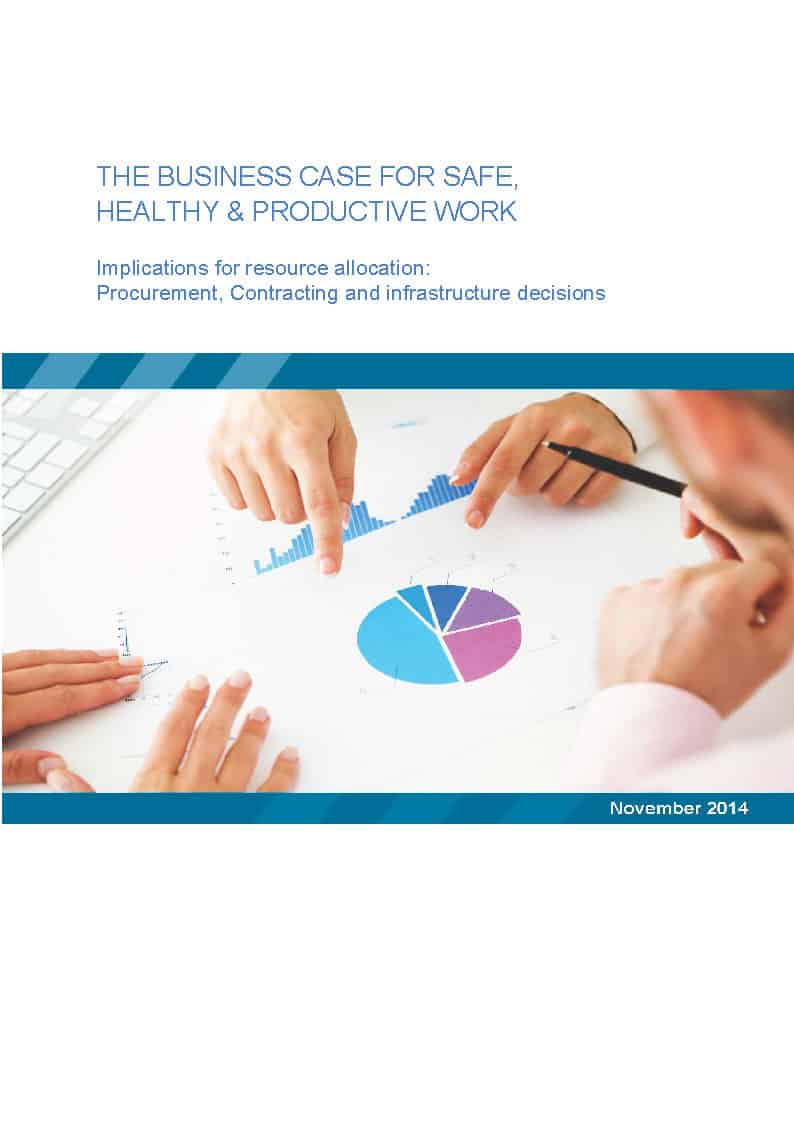Occupational health and safety (OHS) is inextricably linked to everyday life and everyday politics but it is treated as somehow separate, even by those who are experts in OHS. This is not the case with industrial relations which is much more grounded in the political realities.
Industrial relations has been pushed by the trade union movement that has always seen workers’ rights as a social issue. The OHS profession and its associations have been content, largely, to live within the factory fence. Until recently OHS laws related solely to the workplace and OHS professionals had the luxury of a clear demarcation for its operations.
But new OHS laws acknowledge the responsibility for the effects of work on those other than workers, and those who are neighbours to workplaces. Australian OHS professionals have been slow to embrace the social role that has been foisted on them. There seems no excuse for this.
Recently, a


